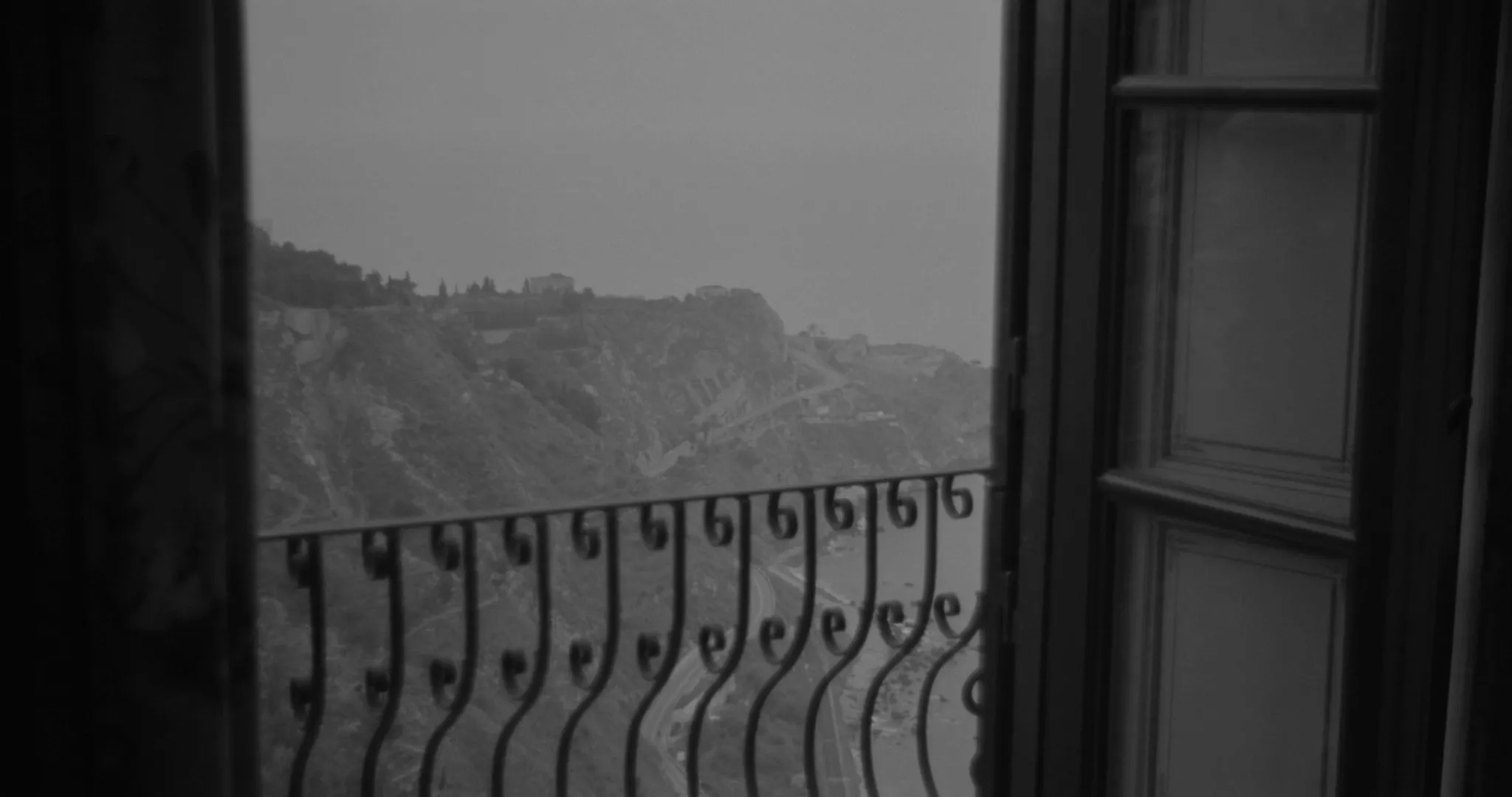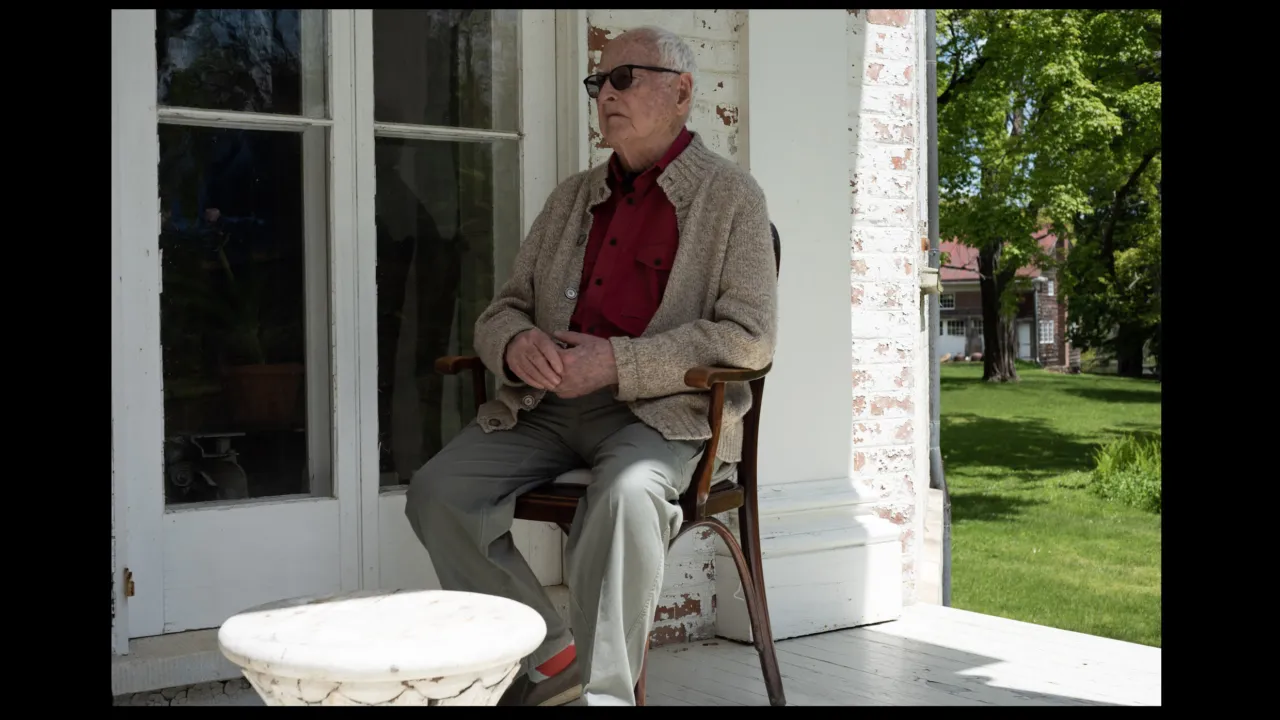Please update your browser
Your current browser version is outdated. We recommend updating to the latest version for an improved and secure browsing experience.

Forms of Camera Movement

Nineteenth Century Mobile Shots
The earliest film cameras could not be turned and camera "movement" in nineteenth century cinema required the positioning of the camera itself in a moving object. Thanks to the placement of the camera inside a moving gondola in Venice, this early Lumière film features one of the very first mobile shots in film history.
Panning Shots
The lateral movement of the stationary camera became possible technologically around 1900 and is to this day called a “pan” to acknowledge its debt to the late nineteenth-century moving panoramas (large paintings presented on curved walls in dedicated rotundas, which enveloped the viewer’s field of vision). Films like the Edison company’s Coney Island at Night (Edwin S. Porter, 1905) used lateral pans as a means of sustaining interest in the gradual disclosure of an electrified amusement park, while D. W. Griffith’s early Biograph shorts used them to forge elegant connections between characters and their environments.
The Country Doctor (D. W. Griffith, 1909) went even further, using a pair of linked, nearly 180-degree movements to frame the human action, discovering the narrative subject only at the end of the minute-long, left-to-right panning shot opening the film and closing with a right-to-left pan that returns to the original landscape. This final shot bears eloquent witness to the spontaneously captured “wind in the trees” that Griffith later described as early cinema’s signature achievement while giving the film structural coherence, linking both contingent and planned elements to a single formal device.
Implicitly evoking panoramic viewing’s slowly shifting spatial perception, Griffith’s matched panning movements simultaneously open up and close off The Country Doctor’s diegetic world.


Dollies, Tracks, and Cranes
Over time, new forms of camera movement were introduced, but they almost always involved the physical movement of the camera through some combination of a crane (as in these famous shots of Babylon in D. W. Griffith's Intolerance, 1916) or by moving the camera using a dolly and/or physically laid tracks.
The resulting tension between freedom and constraint could be used to very different effects: to demonstrate the power of desire to transform point-of-view (as in F. W. Murnau's Sunrise, 1927), to suggest an overwhelming desire to break free from proscribed patterns (as in the matched tracking shots of Josef von Sternberg's Blonde Venus, 1932), or to fuse emotional intensity with reflective distance (as in Kenji Mizoguchi's The Life of Oharu, 1952).





Studio Shooting and Its Discontents
The celebrated opening shot of Touch of Evil was reconstructed in 1998 according to the intentions director Orson Welles laid out in a studio memo. In just over three continuous minutes of screen time, a series of stark spatial and moral juxtapositions play out while the viewer anxiously waits for the bomb set off in the opening image to explode. The sophisticated choreography made possible by the resources of the Hollywood studios becomes all the more apparent by contrast with the more rapid and jerky forms of movement visible after the bomb goes off.

Antonioni and Modern Cinema
With this elegant shot in L'Avventura (1960), Michelangelo Antonioni introduced a new language of cinema.
The shot begins and ends with reinforcing framing devices: a doorway demarcates the boundary to a middleground with a banister providing a vantage point on a receding landscape. The Monica Vitti character emerges into view partway through the shot (she is first visible in the glass panes to the side of the door). As she crosses the room, the camera follows and seems almost to adopt the conventional, over-the-shoulder point-of-view of classical cinema.
However, she departs before the shot concludes, as it began, with a framing that suggests the act of looking but is only ambiguously aligned with a character's perspective.

New Forms of Motion
The advent of new forms of camera stabilization, such as the Steadicam created by Garrett Brown in 1975, made it possible for skilled cinematographers to smoothly move the camera without the need for dollies or cranes.
For The Shining, a specially generated system made it possible to shoot far below waist level.
In Russian Ark, by contrast, Aleksandr Sokurov and cinematographer Tilman Büttner highlight the fluidity of a digital camera moving continuously across several centuries of history in a proscribed physical space charged with layers of history (the Hermitage museum in St. Petersburg). The pathos of the film is deepened by the gap between the breath-like rhythms of human-scale movement and the immensity of time and space represented within a single moving shot taking place over eighty unbroken minutes of screen time.
In Bardo, False Chronicle of a Handful of Truths (2022), Alejandro González Iñárritu and Darius Khondji use the extremely fluid motions possible with digital equipment to seamlessly collapse space and time, raising fundamental questions about the integrity, composition, and veracity of the cinematic image.













